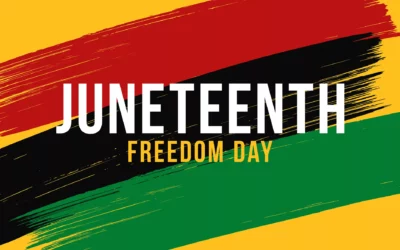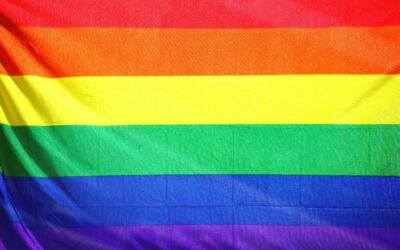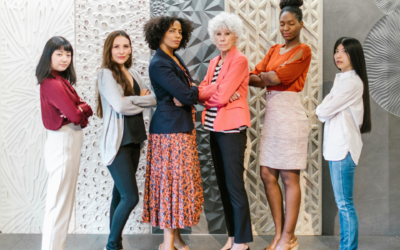Did you know July is Disability Pride Month? If not, we’re here to let you know!
Disability Pride Month has been around since 1990– so why haven’t you heard of it before? Oftentimes, when a topic is outside of our normal circle, we just don’t hear of it unless we go searching. At GKCCEH we are on a mission to educate our readers about communities that they might not otherwise hear of because the marginalized are at a greater risk to face adversity including experiencing homelessness. In fact, around 4 out of 10 unhoused peoples are disabled.
Disability Pride Month exists to showcase that while there may be a negative connotation surrounding the topic of disability, it is really society that “disables” individuals who are differently abled. By encouraging every single individual who is differently abled to be proud of their diverse abilities and educating those who are traditionally abled to see disability in a different light, we can increase opportunities like creating inclusive jobs, fostering more accepting communities and brainstorming new resources.
In 2013, Chicago’s Disability Pride Parade defined their mission in three ways: “To change the way people think about and define “disability,” to break down and end the internalised shame among people with Disabilities, and to promote the belief in society that Disability is a natural and beautiful part of human diversity in which people living with disabilities can take pride.”
What are disabilities?
The ADA defines the term disability as, “a physical or mental impairment that substantially limits one or more major life activities, a person who has a history or record of such an impairment, or a person who is perceived by others as having such an impairment.”
When hearing the term disability, the general public probably thinks of physical impairments like a missing limb or loss of sight. They may also think of common developmental differences like a person having down syndrome or autism. It is important to realize that the term disability encompasses much more than that– including invisible disabilites.
Invisible disabilities
Disabled World states that “Invisible Disabilities are certain kinds of disabilities that are not immediately apparent to others. It is estimated that 10% of people in the U.S. have a medical condition which could be considered a type of invisible disability.” Some examples include chronic pain, chronic fatigue and mental illness.
So how can you start celebrating Disability Pride Month this year?
Share the Disability Pride Flag
One call to action from organizations that celebrate Disability Pride Month is to share the Disability Pride Flag on whatever platform you can! We’ll start:
Support Local Organizations Who Are Making a Difference
Help your workplace get involved with the Center for Disability Inclusion in Kansas City, financially support The Whole Person, volunteer with Ability KC or search for your own ways to empower people with disabilities in our community.









